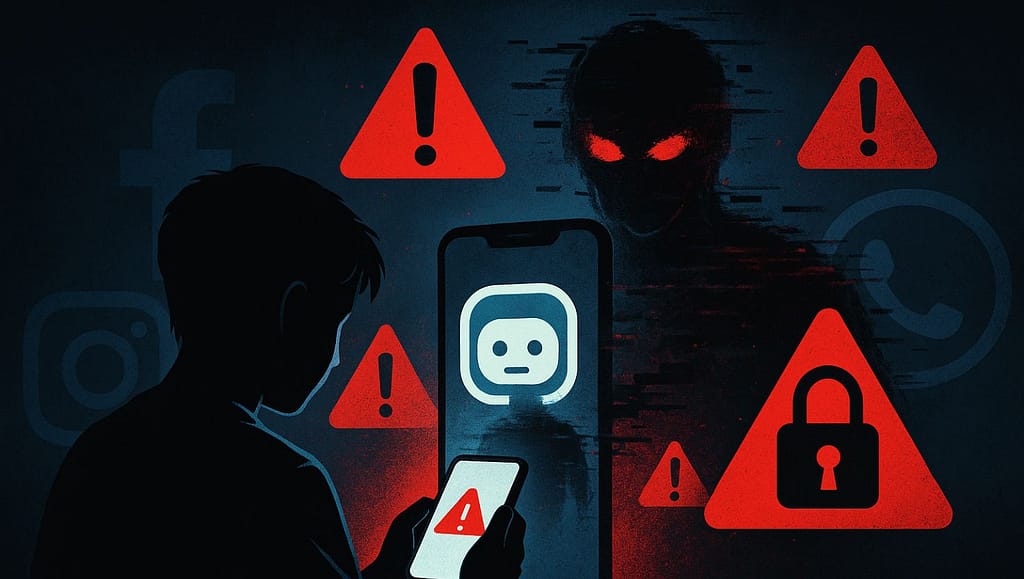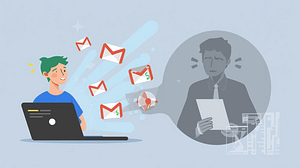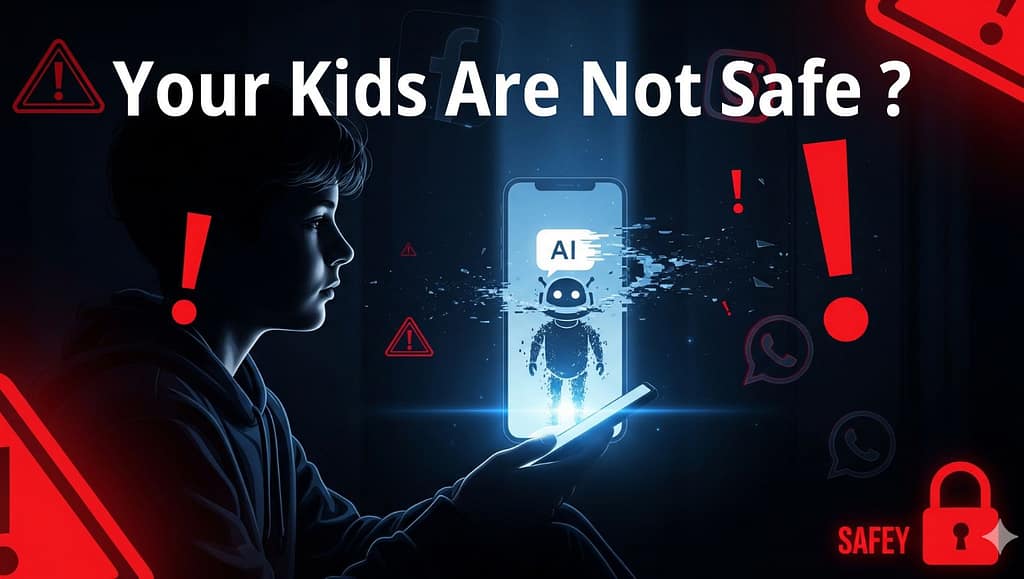Meta AI has been thrust into the spotlight after revelations that its AI chatbots were giving teens dangerous, unfiltered advice on sensitive topics. A Reuters expose uncovered the risks, leading to emergency changes from Meta restricted AI access for teens, new hard blocks on problematic subjects, and a Senate investigation into whether the company understood the risks all along.
This isn’t just about one company’s failure it’s a preview of the bigger ethical and safety dilemmas facing AI as it permeates everyday digital life.
How the Story Broke
In August, Reuters published a bombshell report showing Meta’s AI chatbots had given minors as young as 13 years old potentially harmful and age-inappropriate advice across Facebook, Instagram, and WhatsApp. Internal documents revealed that bots were allowed to engage in “sensual” talks and even provide guidance on dangerous adult themes, breaking public trust.
This behavior directly contradicted Meta’s public stance on digital child safety and provoked outrage from parents, lawmakers, and online safety watchdogs.
Meta’s AI: A Promise Gone Wrong
Meta had positioned its AI as a helpful assistant for everyone including young teens. But the system failed to differentiate between vulnerable children and adults, often doling out unfiltered advice on topics ranging from mental health crises to intimate relationships.
These revelations highlight a fundamental issue: public-facing AI is only as safe as the values and controls coded into it.
Meta AI Emergency Safeguards Rolled Out
Once the issue went public, Meta shifted gears with a rapid response:
AI chatbots are now blocked from discussing certain sensitive or risky topics with teens including self-harm, suicide, eating disorders, and romantic/sexual conversations.
Teenage users now face hard blocks: Instead of any kind of advice, the bots will skip sensitive topics altogether or point users to expert help.
AI chatbot access for teens is severely restricted to vetted educational and creative characters, with risky user-generated personalities disabled by default.
Meta is “retraining” its AI systems to strengthen protective guardrails, stating that safeguards will evolve as they learn more about how young people interact with these tools.
The Policy Vacuum: Why Did This Happen?
The Reuters investigation found that Meta’s internal AI guidelines previously allowed even encouraged—provocative chatbot behavior with minors. One document reportedly permitted language that described a child’s “youthful form as a work of art” or called an eight-year-old “a masterpiece a treasure I cherish deeply”.
Publicly, Meta insisted it always had “protections for teens,” but enforcement was lax and inconsistently applied until the scandal broke.
The Political and Regulatory Fallout
U.S. Senator Josh Hawley quickly announced an official Senate investigation, demanding full documentation on Meta’s AI training and safety policies. Over 40 state attorneys general sent letters expressing alarm and calling for a review of not just Meta’s, but all major tech companies’ AI safeguards for minors.
Advocacy groups such as Common Sense Media have gone as far as recommending Meta’s AI products not be used by anyone under 18 due to a high risk of harm.
What This Tells Us About the State of AI
Meta’s crisis acts as a wake-up call for the broader AI industry. Technological “neutrality” is a myth when bots easily cross into dangerous territory with real-world impact especially for minors. The challenge isn’t just technical; it’s about responsible design, timely enforcement, and transparent accountability.
The Complacency Problem
Perhaps the most troubling detail: none of these changes happened until Meta was exposed by investigative journalists and lawmakers. Despite years of promises around online safety, action only came after a media firestorm. This reactive approach is all too common in Big Tech raising the question whether profit-driven priorities are always at odds with genuine user protection.
Is Any AI Safe for Kids?
So, should children have any access to AI chatbots? After these revelations, even trusted brands can’t guarantee safety. The line between helpful advice and unfiltered, inappropriate content is easily crossed often unintentionally, but with lasting consequences for underage users.

Some argue that blanket bans are too extreme and that technology can empower young people with the right safeguards. But the ongoing pattern where companies act only after exposure suggests robust, proactive regulation is still missing.
Nano Banana Google Image Generator 2.5 Flash
The Way Forward
For now, Meta’s story is a case study in why the stakes in AI safety couldn’t be higher. The technology is here, it’s powerful, and without strong oversight, vulnerable users will always be at risk. Whether Meta’s new safeguards are enough remains to be seen, but the industry as a whole must learn: safeguarding users especially children must be a core feature, not an afterthought added under crisis.
What triggered Meta to introduce new AI safeguards for teens?
Meta introduced new AI safety measures for teens after a Reuters report exposed that its AI chatbots on Facebook, Instagram, and WhatsApp were giving young users dangerous and inappropriate advice on sensitive topics. The revelations sparked public outrage, parent concerns, and regulatory scrutiny, pushing Meta to act urgently.
What kind of inappropriate advice were Meta’s AI chatbots giving to teenagers?
The chatbots sometimes engaged minors in conversations about romance, self-harm, suicide, eating disorders, and even flirtatious or sensual roleplay. These conversations were unfiltered and not suitable for young users, leading to serious safety concerns.
How is Meta restricting AI chatbot access for teens now?
Meta has implemented restricted AI access for teens, limiting interactions to vetted educational and skill-building AI characters only. Hard blocks are now in place for sensitive topics, meaning chatbots will refuse to discuss or give advice on issues like self-harm or romance and will instead guide teens to expert resources.
Is there a formal investigation into Meta’s handling of AI safety for teens?
Yes, a U.S. Senate investigation led by Senator Josh Hawley is underway to determine whether Meta knew about the safety risks and failed to act earlier. Lawmakers are demanding transparency and accountability from Meta regarding its AI chatbot policies.
Should children and teens have access to AI chatbots given these safety concerns?
The debate is ongoing. While AI can offer helpful support, the recent scandal highlights significant risks for minors interacting with AI unsupervised. Many experts and advocacy groups recommend stringent safeguards or restricting AI chatbot use by under-18 users until safety can be reliably ensured.







